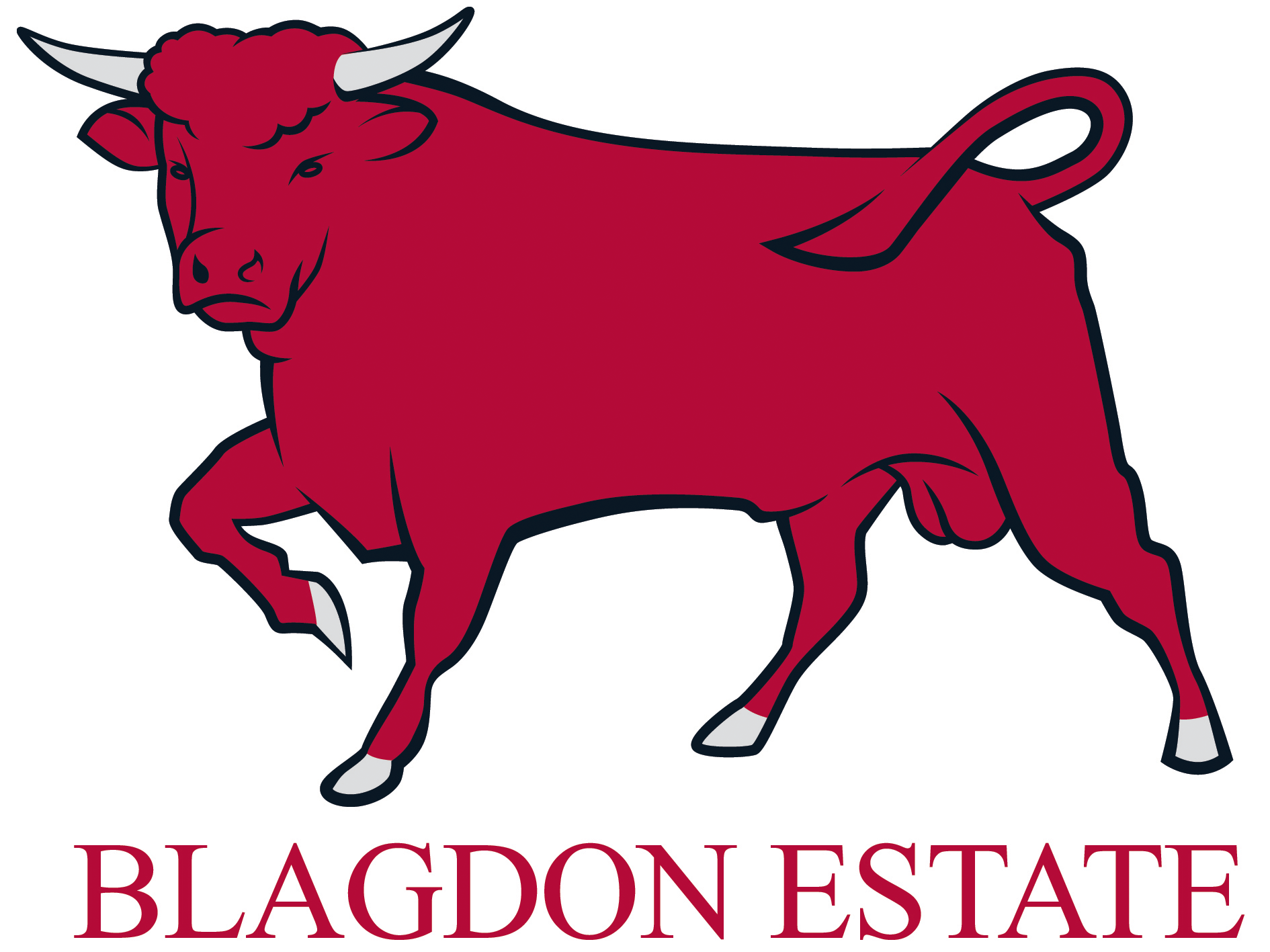Family History
The Families of Ridley and White
Blagdon has been home to the same family since 1700. The first three generations of owners were all named Matthew White. The next nine generations of owners have all been named Matthew White Ridley. For more than 300 years Blagdon has been owned by somebody called Matthew.
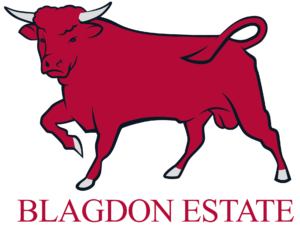
1716
(I) Matthew White I
(d 1716) acquired Blagdon from the Fenwick family in 1700, having married Jane Fenwick. He was the son of Miles White of Redheugh in County Durham and was active in the coal trade. He served as Mayor of Newcastle in 1691 and 1703. Traces of the seventeenth century house he acquired remain in the cellars, but we do not know what it looked like. His son…

1750
(II) Matthew White II
(d 1750) married in 1718 Elizabeth Johnson of Bebside, heiress to a coal fortune, and some time between 1710 and 1730 he rebuilt Blagdon as an east-facing house with pilasters and statues on the roof, in the style of Vanburgh, possibly using Vanburgh’s clerk of works at Seaton Delaval, William Etty. His sister Margaret married the successful coal merchant and entrepreneur Richard Ridley of Heaton, with whom Matthew White went into business. Having distinguished himself during the Jacobite Rebellion of 1715 by his defence of the House of Hanover, Matthew White II also took advantage of the resulting execution of the Earl of Derwentwater by buying up the latter’s lands at Newsham, Plessey, Shotton and Nafferton. His son…

1763
(III) Sir Matthew White III
(d 1763) was created a baronet in 1756 and never married. Apparently interested in books, he built up a large library. He completed the enlargement of Blagdon, started by his father, with a second storey and a south front, the project having probably been begun by the architect Daniel Garrett and finished by James Paine. Matthew White III’s sister Elizabeth married their first cousin Matthew Ridley, son of Richard, who was MP for Newcastle. Their son…

1745-1813
(IV) Sir Matthew White Ridley, 2nd Bt
(1745-1813) inherited Blagdon and, by special remainder, the title from his uncle. He was educated at Westminster and Christ Church, Oxford, then went on the Grand Tour, returning to England in 1767. Immortalised in a verse of the song `The Keel Row’ as the `bright star of Heaton’ and known as `Canny Sir Matthew’ on account of his good looks, in the parliamentary election of 1768 he was returned as member for Morpeth. In 1774 he was Mayor of Newcastle. The Assembly Rooms and the Moot Hall were both built during his terms as Mayor. He also gave and caused to be erected in the Side, the Cale Cross, which was later moved to Blagdon when it began to obstruct the increasing traffic and can be seen at the end of the North drive. At the general election of 1774 he contested Newcastle in succession to his father. He won the seat after a vigorous contest and retained it through eight successive parliaments over a period of 38 years. He was a close friend of the American general and presidential candidate Charles Cotesworth Pinckney, who sent him a copy of the US constitution before it was ratified. In addition to politics, he furthered the various industrial interests of the family,…
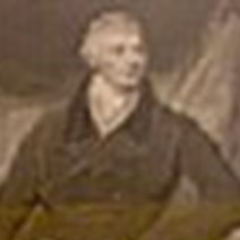
1779-1836
(V) Sir Matthew White Ridley, 3rd Bt
(1779-1836) was educated at Westminster and Christ Church, Oxford. He lived first at Heaton, and in 1812, when his father resigned his seat in parliament, he took his place. In addition to his political activities, the third Baronet was a partner in the Bank and continued to further the family interest in the collieries and at Blyth. But on the whole, he was less interested in business than his forebears and more inclined towards country pursuits. He established a pack of fox hounds in 1815 and is portrayed in the well-known picture `The Meet at Blagdon’ by John Snow with two of his sons and Blagdon in the background. He also owned a famous racehorse, Fleur-de-Lys, which he eventually sold to the Prince Regent. He married in 1803 Laura Hawkins, daughter of a famous doctor, and had ten children. When they moved to Blagdon in 1813, they immediately set about enlarging the house to fit their family. They added a large dining room to the west and a long ungainly wing to the north with ten little rooms for their ten children. This wing was designed by John Dobson, but it is a poor example of his work and is very clumsily attached to the older building. In 1827 Sir…
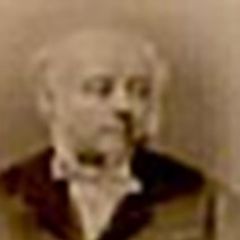
1807-1877
(VI) Sir Matthew White Ridley, 4th Bt
(1807-1877) was educated at Westminster and Christ Church Oxford. On his father’s death in 1836, Sir Matthew did not stand for parliament in his place, breaking the direct representation of Newcastle by the Ridleys, which had lasted for 89 years. However, in 1859 he was elected for North Northumberland. The fourth Baronet was even more of a countryman than his father; he leased all the collieries and sold his shares in the family bank. He was a diligent landlord and skilled farmer. He built several model farms, including that now known as Horton Park. He bought a grouse moor in North Northumberland at Hawkthorpe, and hunted regularly three days a week all his life, although he sold the hounds in 1846, the year after his wife died. He was High Sheriff in 1842. He wanted to build a sculpture gallery at Blagdon, and was a generous patron of the Newcastle sculptor, John Lough, declaring him to be the greatest since Michelangelo. His life was made difficult by a long feud between his many siblings and his domineering mother, known as the `proud lady’. Two of his brothers would fight in the Crimean War. He married in 1841 Cecilia, daughter of the well-known judge James Parke, later to become Lord Wensleydale.…
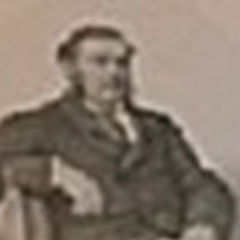
1842-1904
(VII) Matthew White, first Viscount Ridley
(1842 – 1904), the fifth baronet, who would become the first viscount, was educated at Harrow, where he and his brother were successive head boys, and Balliol College, Oxford, where he was a noted classical scholar. He became Conservative MP for North Northumberland in 1868. He held the seat until 1885, later sitting for Blackpool. When Lord Salisbury formed a government in 1885, Sir Matthew became Financial Secretary to the Treasury. He was later Home Secretary from 1895 until 1900 when he resigned and took a peerage as Viscount Ridley of Blagdon and Blyth, resuscitating as his second title that of his maternal grandfather, Baron Wensleydale, who had no sons. He married Mary Georgiana Marjoribanks, daughter of the Berwickshire politician Dudley Coutts Marjoribanks, the first Lord Tweedmouth. They had two sons (Matthew and Jasper) and three daughters (Marjorie, Grace and Stella), one of whom, Marjorie, died suddenly in church at the age of 19. His elder son…
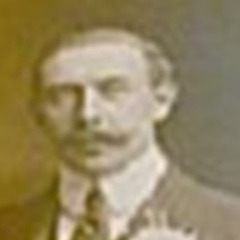
1874-1916
(VIII) Matthew White, second Viscount Ridley
(1874 – 1916) was educated at Eton and Balliol and in 1900 entered parliament as MP for Stalybridge before moving to the House of Lords on the death of his father. Chairman of the trade pressure group, the Tariff Reform League, his political career was cut short by his early death at 41 from surgical complications in 1916 (illness had prevented him joining his regiment, the Northumberland Hussars, in France). In 1899 he had married Rosamund Guest, the daughter of Viscount Wimborne. During the first world war, she organised a hospital for wounded officers in 10, Carlton House Terrace and in 1918 she was knighted as a DBE. They had two daughters, Vivien and Gwladys, and a son…

1902-1964
(IX) Matthew White, third Viscount Ridley CBE
(1902-1964) was educated at Eton and Balliol and succeeded to the title at the age of 13. A self-taught engineer, he designed and built a racing car to take on MG and Austin in their quest to attain the speed records for Class H (501 – 750cc) vehicles. The car was built over a period of six months at Blagdon and tested on the South drive, which had been altered to include banked corners. In 1931, at Brooklands, Lord Ridley lifted both Class H records in the `flying mile’ and `flying kilometre’ trials with speeds of 105.42 and 104.56 miles per hour respectively. Toward the end of the 1931 season at Brooklands he reportedly reached 112 mph, but the car ran off the track (over the top of the Brooklands `wall’) and crashed into trees. The car was destroyed and Lord Ridley was badly injured. He later became chairman of Northumberland County Council. In the second world war, he designed an auxiliary engine for Sunderland flying boats and joined the Air Ministry as head of hydrogen production for barrage balloons. After the war he was a leading figure in North-east industry, chairman of Consett Iron Works and the Rock Building Society. He married in 1924 Ursula, daughter of Sir Edwin…
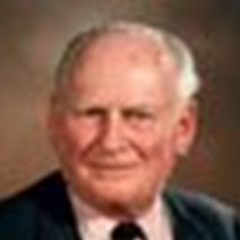
1925-2012
(X) Matthew White, fourth Viscount Ridley KG, GCVO
(1925 – 2012) Educated at Eton and Balliol College, Oxford, he served in Normandy, Holland and Germany in the Coldstream Guards in 1944-45. Later he joined the Territorial Army reaching the rank of brevet colonel in the Northumberland Hussars – and honorary colonel in 1979. In 1952-3 he served as aide-de-camp to the Governor of Kenya. he was chairman of Northumberland County Council from 1967 to 1979, chairman of Northern Rock Building Society from 1987 to 1992, Chancellor of the University of Newcastle from 1988 to 1999, Lord Lieutenant of Northumberland from 1984 to 2000 and Lord Steward of the Royal Household from 1989 to 2001. He married Lady Anne Katharine Lumley (1928-2006), daughter of the 11th Earl of Scarborough, in 1953, and had three daughters, Cecilia, Rose and Mary and one son…

1958-
(XI) Matt Ridley, fifth Viscount Ridley
(1958-) lives at Blagdon Hall, with his wife, Anya, daughter Iris and son…
